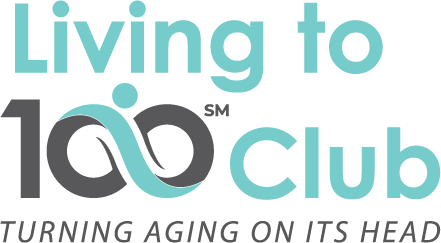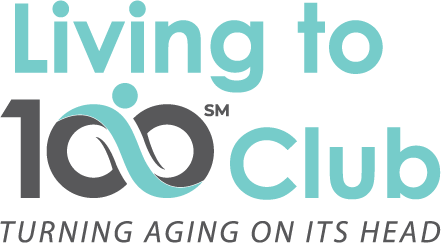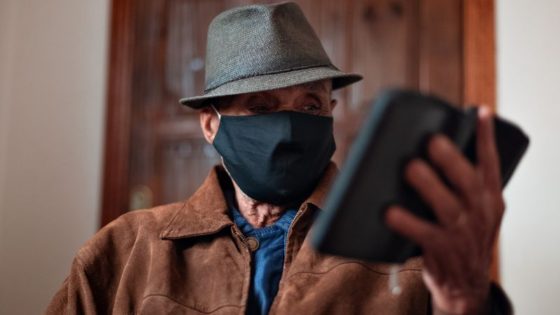by Joe Casciani
UNSETTLING TIMES
These are unsettling times. Everything we do is colored by this backdrop of a public health crisis, worldwide. It is very difficult to talk about successful aging and longevity when the threat of the COVID-19 virus is so virulent, and so threatening to our usual way of life. The numbers change every day, and many, many lives are being cut short, prematurely. Young and old, famous or not famous, patient or medical personnel, rich countries and poor countries – the virus knows no boundaries.
Some who have been infected and test positive for the virus are able to recover apparently because they have sufficient antibodies or some other means of resisting the virus. So many touching stories have surfaced, including Mr. P, a 101-year old man in Italy who was admitted to the hospital for the virus and discharged a week later, virus free. What makes this story so touching is that Mr. P. also survived the 1918 flu pandemic, which killed 600,000 of his countrymen, and survived a World War. There are, though, many sad stories. The saddest are those who died, and are continuing to die, without loved ones near by to give a final smile, a kiss, or a gentle wave. We’ve always known the two greatest fears of those near death are dying alone and dying in pain. We have to trust those special caregivers that they are taking whatever actions they can to assure the victims that they will not die alone, and will say good bye for the families who cannot.
The losses continue to mount in the long-term care facilities throughout the US. This population is especially vulnerable to severe cases of infection, with chronic conditions, compromised immune systems, and a strong likelihood of dying if infected. Nursing homes care for approximately 1.3 million Americans in the U.S. every day, and COVID-19 now presents a new and dangerous threat. The tens of thousands of staff members working in these settings are also at risk, complicating the conditions tenfold of an already difficult, demanding job.
We could go on. The millions now without a job, the schools and businesses closed, plans cancelled, large and small events postponed, financial systems in very unstable territory, and next, the prisons and other vulnerable populations demanding protection. Increased fears and anxieties – real and imagined – of becoming sick and dying, being alone, separated, or abandoned. Domestic violence is on the increase, exploitation is rearing its usual, ugly head, and how long will it be before we see the lawsuits and senseless acts of violence? It’s tempting to point fingers and start the blame game, and we know this will be front and center in weeks and months to come.
WHAT LIES AHEAD?
Experts are now saying it will be at least six months before we are back to normal. But, will we ever really get back to normal? Have we ever returned to what things were like before 9/11? Here are some thoughts on what will become the “new normal” going forward, after the acute threat of the COVID-19 virus lifts:
* Greater appreciation for many professions, including teaching, health care, hopefully those in long-term care, and public safety and risk management professionals
* Working and learning at home – the barriers to remote education and work activity are coming down
* Greater connectedness with distant friends and relatives, and more volunteerism in communities
* More usual shopping and other business done online, including food, clothing, home goods, and now, homes and cars (Amazon is hiring 100,000 new workers – as Wayne Gretsky said, “Skate to where the puck is going, not where it is”)
* Re-evaluating which people, events, and activities bring us the most meaning.
CLOSING
We always learn more from watching the process than from the content. How things unfold and develop are more important than actually what it is that unfolds. Stay safe, stay distant, and hang tough.
RECOMMENDED RESOURCES
A very helpful resource based on recommendations from Johns Hopkins University Coronavirus Resources Center: COVID-19: Separating Facts from Fiction
For up-to-date facts on the incidence and management of COVID-19, visit the Johns Hopkins University Coronavirus Resources Center, including their Interactive Map of global cases.




